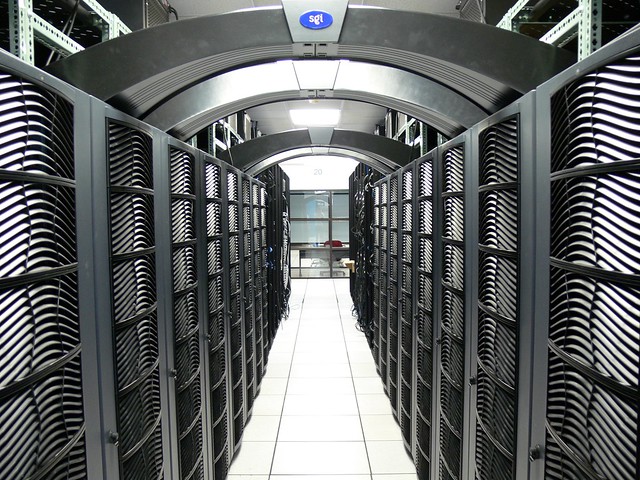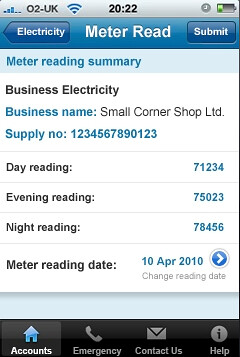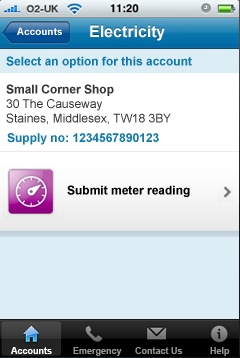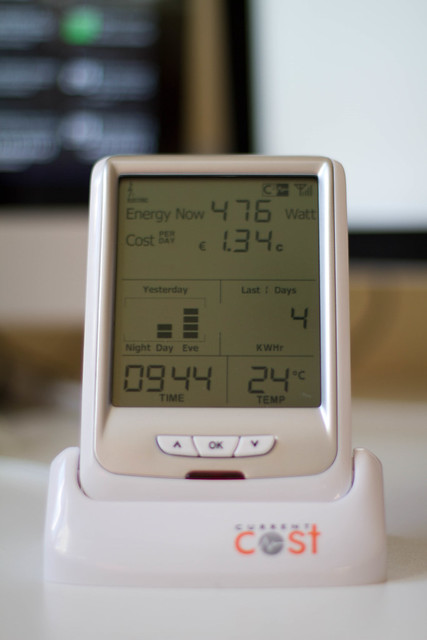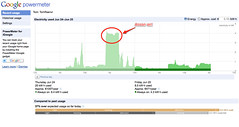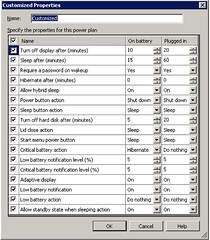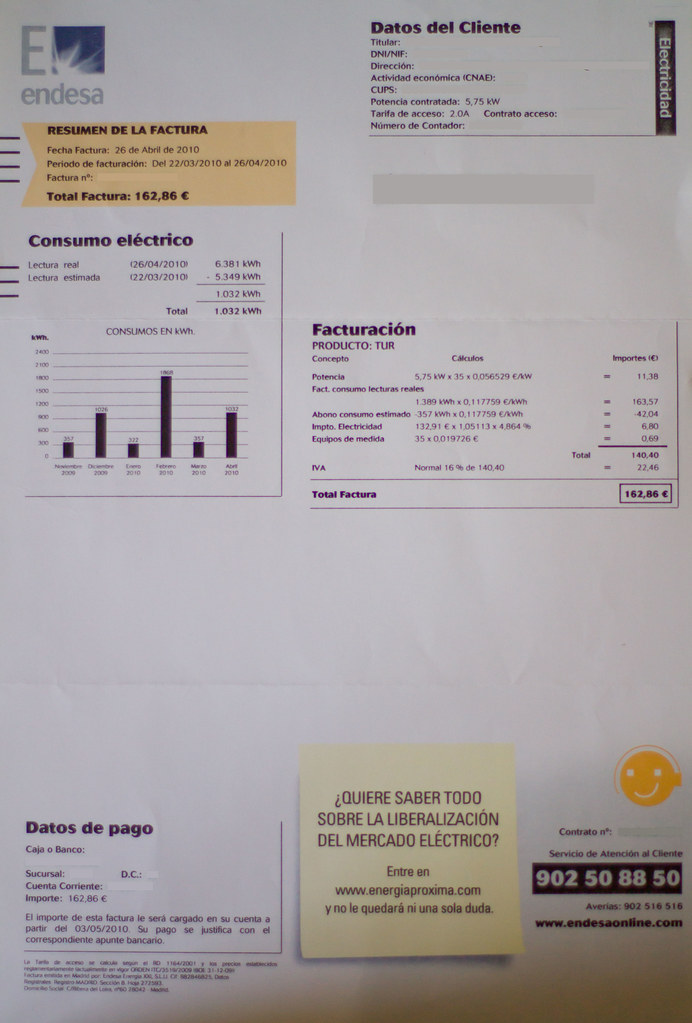
If you have been following this blog, you’ll know I have been profiling Data Center efficiency companies over the last few weeks. This week I take a look at Sentilla.
I talked to Sentilla’s CTO and co-founder, Joe Polastre, the other day and Joe told me that Sentilla came out of Berkeley where they had been looking at data analytics problems around large, potentially incomplete or inaccurate, streaming datasets. The challenge was how to turn that into a complete picture of what’s going on so people could make business decisions.
Sentilla takes an industrial manufacturing approach to Data Centers – in manufacturing you have power going in one side, and products and (often) waste heat coming out the other. In the same way in data centers you have power going in one side and coming out the other side you have the product (compute cycles) and waste heat. To optimise your data center you need to get the maximum data/compute (product) output with the minimum power in and the least waste heat generated. Sentilla thinks of data centers, as data factories!
Unlike most of the data center people I have talked to, Sentilla don’t talk so much about energy savings. Instead they emphasise maximising performance – getting the most out of your existing data centers, your existing storage, your existing servers, your existing power supply. By far the greatest saving from deploying Sentilla, Joe claimed, is not from the energy savings. That pales in comparison to the capital deferment savings gained from being able to delay the building of extra data center facilities by however many years, he said.
So how does Sentilla help?
Well Sentilla analyses the energy profile of every asset in the data center, whether metered or not, and makes recommendations to improve the planning and management of data center operations. I highlighted the “whether metered or not” bit because this is an important differentiator for Sentilla – they have developed and patented what they call “virtual meters”. These are algorithms which look at the work that a device is doing, and based on models which Sentilla have built up, and measurements they have done, as well as some benchmarks which are out there, Sentilla computes how much power is being used by that equipment.
The reason this is so important is because the most inefficient equipment in the data center is not the new stuff (which is likely to already be metered) but the legacy devices. These are the ones which need to be most carefully managed, and the ones where the greatest performance gains for the data center can be made. And because Sentilla can pull usage information from management databases like Tivoli, it means the Sentilla doesn’t need to poll every piece of equipment in the data center (with the increased network traffic and data that would generate).
Also, because Sentilla has its virtual meters, it is a software-only product and can therefore be rolled out very quickly.
The other nice feature Sentilla has is that it can identify the energy utilisation of virtualised servers. This is important because with the increasing ease of deployment of virtual servers, under-utilised VM’s and VM clutter are starting to become issues for data centers. VM clutter isn’t just an issue for energy reasons – there are also implications for software licensing, maintenance and SLA requirements.
I asked Joe about whether Sentilla is a SaaS product and he said that while they have a SaaS version of the product, so far most of Sentilla’s clients prefer to keep their data in-house and they haven’t gone for the SaaS option.
Finally I asked about pricing and Joe said that Sentilla is priced on a subscription basis and, apparently, it is priced such that for any modest sized data center, for every $1 you put into Sentilla, you get $2 back. Or put another way, Joe said, deploying Sentilla will generally mean that you reclaim around 18-20% of your power capacity.
Disclosure: Sentilla are a client (but this post is not part of their client engagement)
You should follow me on Twitter here
Photo credit The Planet

